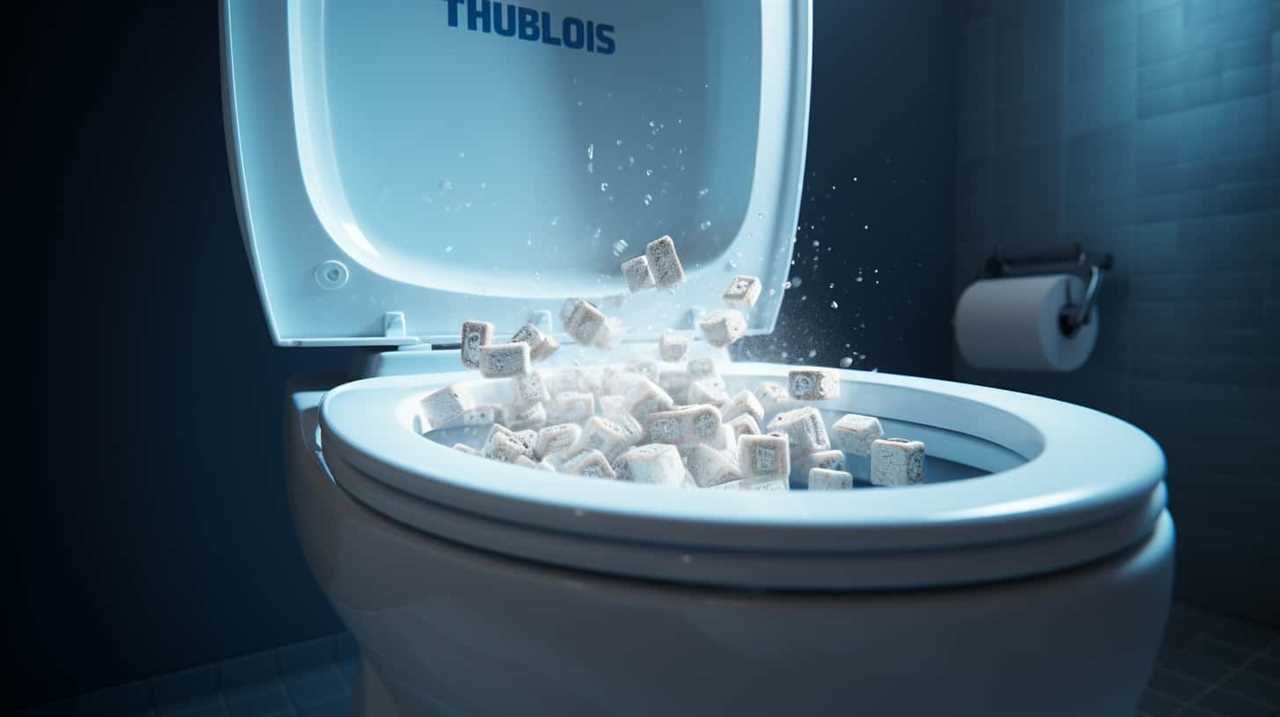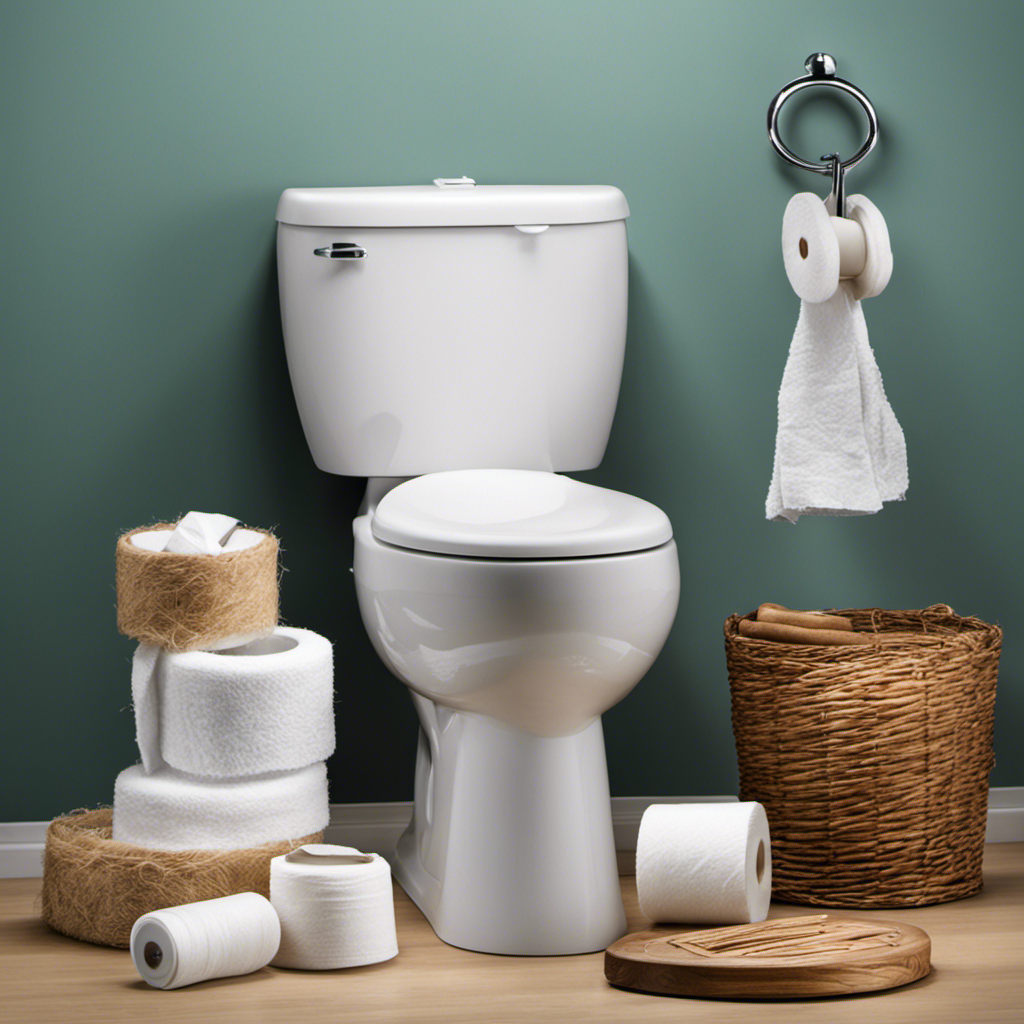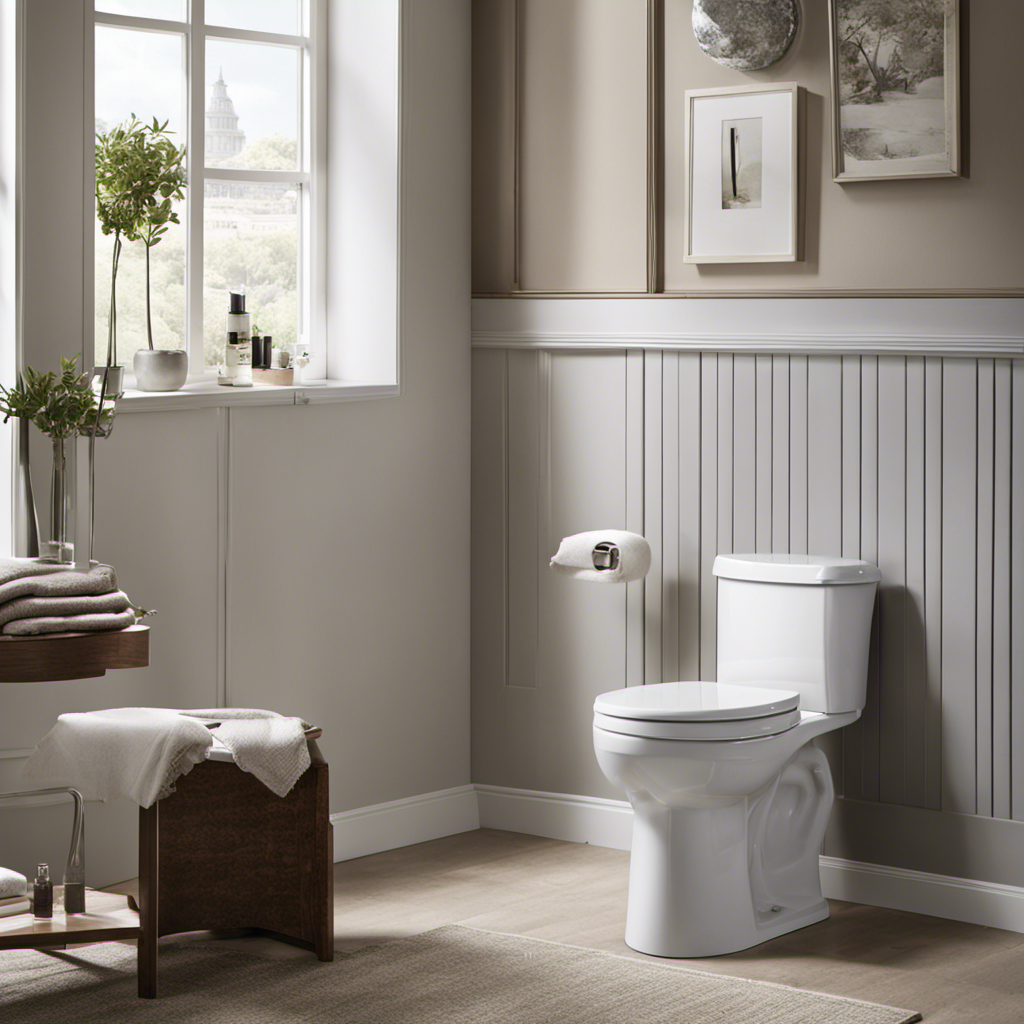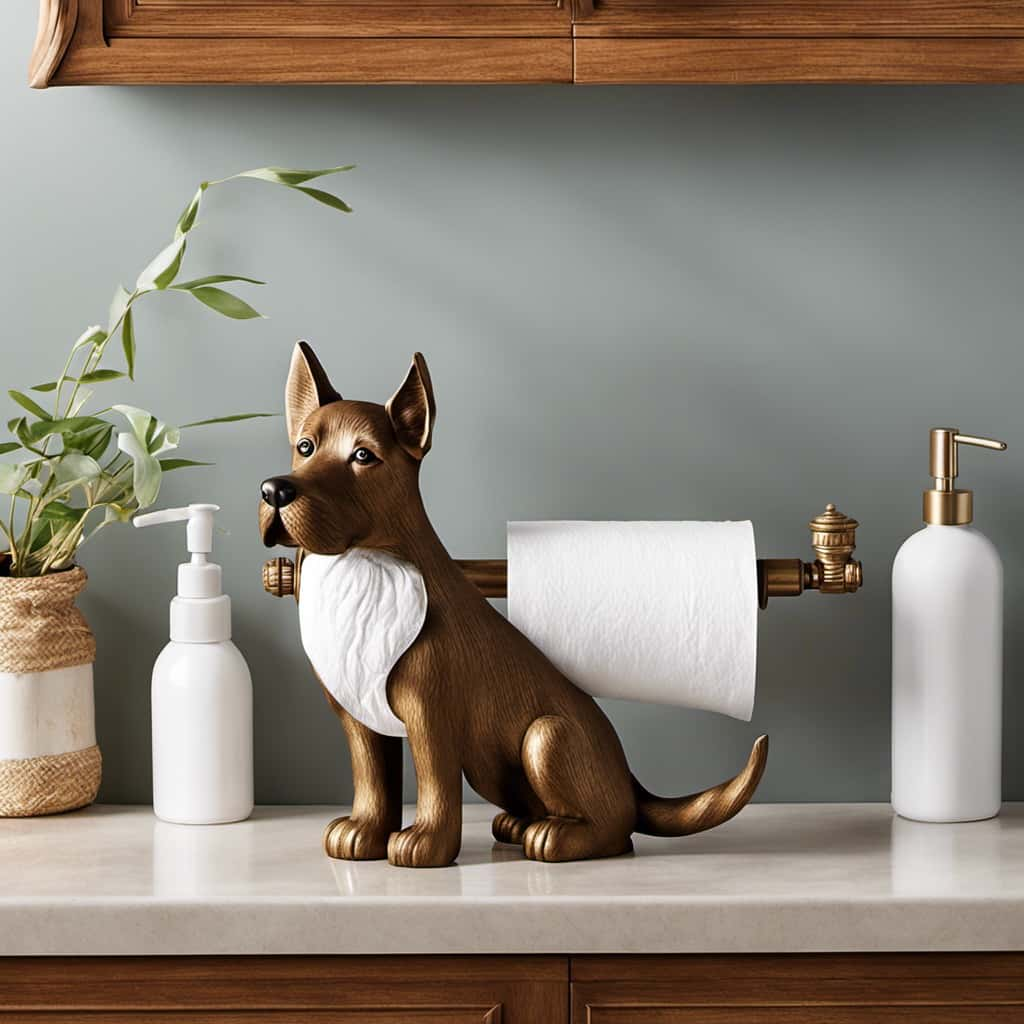When we flush our toilet, we expect it to swiftly drain, but what do we do when it fills up with water and drains slowly instead?
In this article, we will explore the common causes behind this frustrating issue. We will guide you through checking for a clogged toilet drain and provide step-by-step instructions for clearing a toilet clog.
Additionally, we will delve into the role of the toilet tank and flapper, troubleshooting faulty components, and ultimately resolving this plumbing problem with mastery.
Key Takeaways
- The toilet filling and draining issues can be caused by clogs in the pipes, excessive toilet paper usage, flushing non-flushable items, and rising water levels in the toilet bowl.
- To check for a clogged toilet drain, inspect the water level for abnormalities, check for slow drainage after flushing, listen for gurgling noises, flush only toilet paper and bodily waste, and perform regular maintenance using a toilet auger or plumbing snake.
- Steps for clearing a toilet clog include using a plunger to create suction, repeating plunging motions forcefully, and checking if the water begins to drain properly after attempts. Professional plumbing services may be needed for stubborn clogs.
- The toilet tank acts as a reservoir for holding water, and the flapper opens and closes to control the flow of water during flushing. Troubleshooting and fixing faulty toilet components include adjusting the water level, testing the flush after adjustments, and replacing faulty components if necessary. Professional help may be required for complex issues.
Common Causes of Toilet Filling and Draining Issues
One of the most common causes of toilet filling and draining issues is due to a clog in the pipes. When a clog occurs, it obstructs the flow of water through the pipes, leading to problems with the toilet water level and drainage. The clog can result from various factors, such as excessive toilet paper usage or the flushing of non-flushable items.
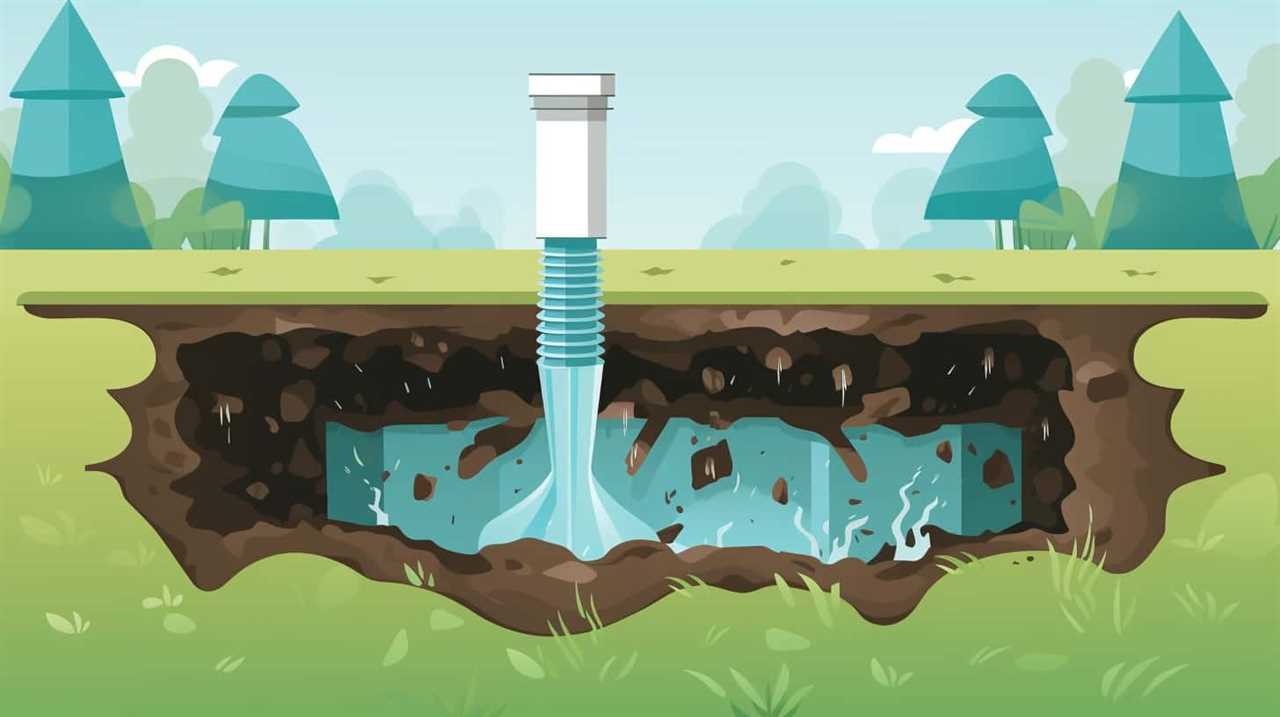
When the pipes are clogged, the water level in the toilet bowl may rise, and if left unchecked, it can lead to a toilet bowl overflow. This can cause significant water damage and inconvenience.
To prevent such issues, it’s essential to be mindful of what’s flushed down the toilet and ensure proper maintenance of the plumbing system. Regular cleaning and occasional use of a plunger can help prevent clogs and maintain a healthy toilet system.
How to Check for a Clogged Toilet Drain
To check for a clogged toilet drain, we can start by using a plunger. Here are three key steps to follow:
- Inspect the water level: If the water level is higher than normal or doesn’t drain completely after flushing, it could indicate a clog.
- Check for slow drainage: Observe how quickly the water drains after flushing. If it’s sluggish or takes longer than usual, it may be a sign of a clog.
- Look out for gurgling noises: Unusual gurgling sounds coming from the toilet bowl or drain pipe could suggest a blockage.
Preventing toilet drain clogs is essential to maintain a properly functioning system. Here are a few tips:
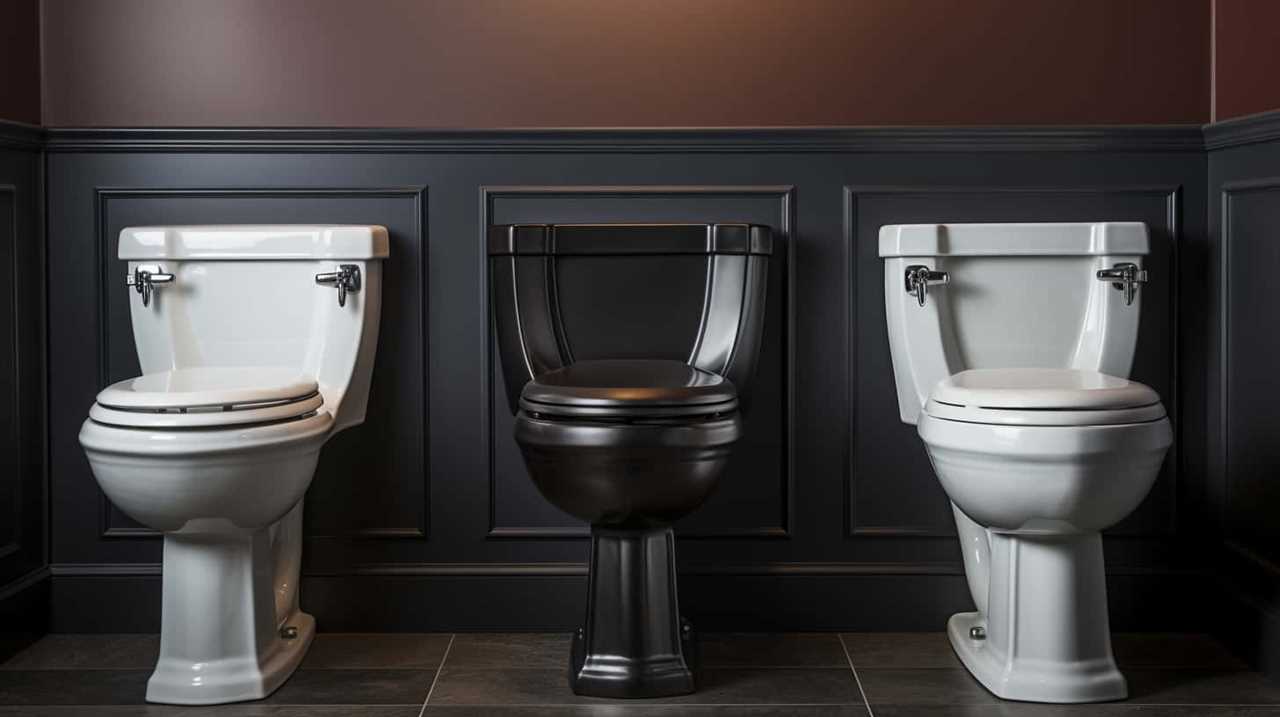
- Proper flushing: Only flush toilet paper and bodily waste. Avoid flushing items like wipes, feminine products, or excessive amounts of toilet paper.
- Regular maintenance: Periodically use a toilet auger or plumbing snake to clear any minor clogs and prevent them from becoming major issues.
- Install a drain strainer: Place a drain strainer over the toilet drain to catch hair, debris, and other potential clog-causing items.
Steps for Clearing a Toilet Clog
We will begin by using a plunger to clear the toilet clog. Plungers are one of the most effective unclogging techniques for toilets. Here are the steps to follow:
- Place the plunger over the drain hole, ensuring a tight seal.
- Push down firmly, then pull up quickly to create suction.
- Repeat this plunging motion several times, using forceful strokes.
- After a few attempts, check if the water begins to drain properly.
If the plunger fails to clear the clog, it may require more advanced techniques. In such cases, it’s advisable to contact professional plumbing services. They have the expertise and specialized tools to handle stubborn clogs effectively.
Understanding the Role of the Toilet Tank and Flapper
Now let’s delve into the important role of the toilet tank and its flapper in the process of understanding why the toilet fills up with water and then slowly drains. The toilet tank and flapper play a crucial role in maintaining the proper water level in the toilet bowl and facilitating the flushing process. Here are three key points to consider:
- The toilet tank acts as a reservoir for holding a certain amount of water. When you flush the toilet, the water from the tank rushes into the bowl, creating a siphon effect that removes waste.
- The flapper, a rubber valve located at the bottom of the tank, opens when you push the flush lever, allowing water to flow into the bowl. It then closes to prevent water from continuously flowing into the bowl.
- The role of water pressure is essential in this process. When the tank fills up with water, the increasing water pressure forces the flapper to close, sealing the toilet tank and preventing any further water from entering the bowl.
Understanding the role of the toilet tank and flapper, along with the influence of water pressure, is crucial in troubleshooting and resolving issues related to the toilet filling up and draining slowly.
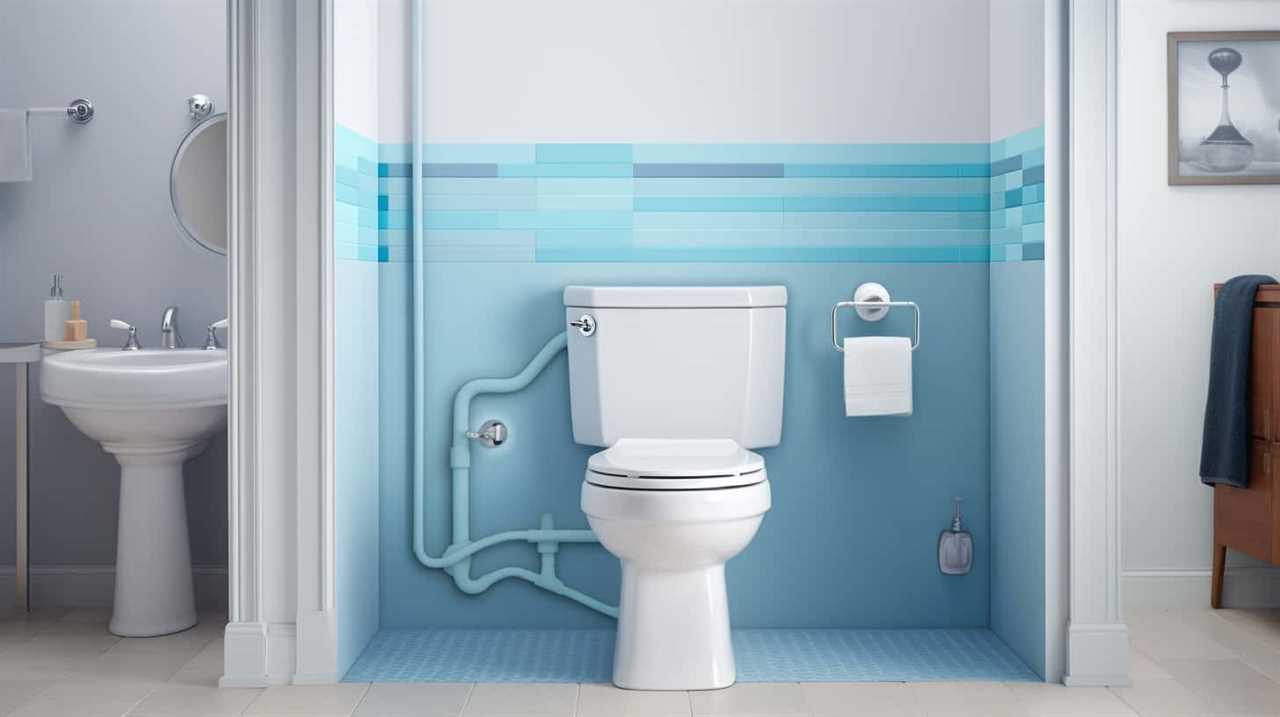
Troubleshooting and Fixing Faulty Toilet Components
When experiencing issues with a toilet that fills up with water and then slowly drains, troubleshooting and fixing faulty toilet components becomes necessary.
One of the potential causes for this problem could be inadequate toilet tank pressure. To fix this, check the water supply valve and ensure it’s fully open.
If the valve is already open, you may need to adjust the water level in the tank. To do this, locate the water level adjustment screw or rod on the fill valve. Turn the screw counterclockwise to increase the water level or clockwise to decrease it.
Make small adjustments and test the flush to ensure proper draining. If these steps don’t resolve the issue, it may be necessary to replace faulty components such as the fill valve or flapper.
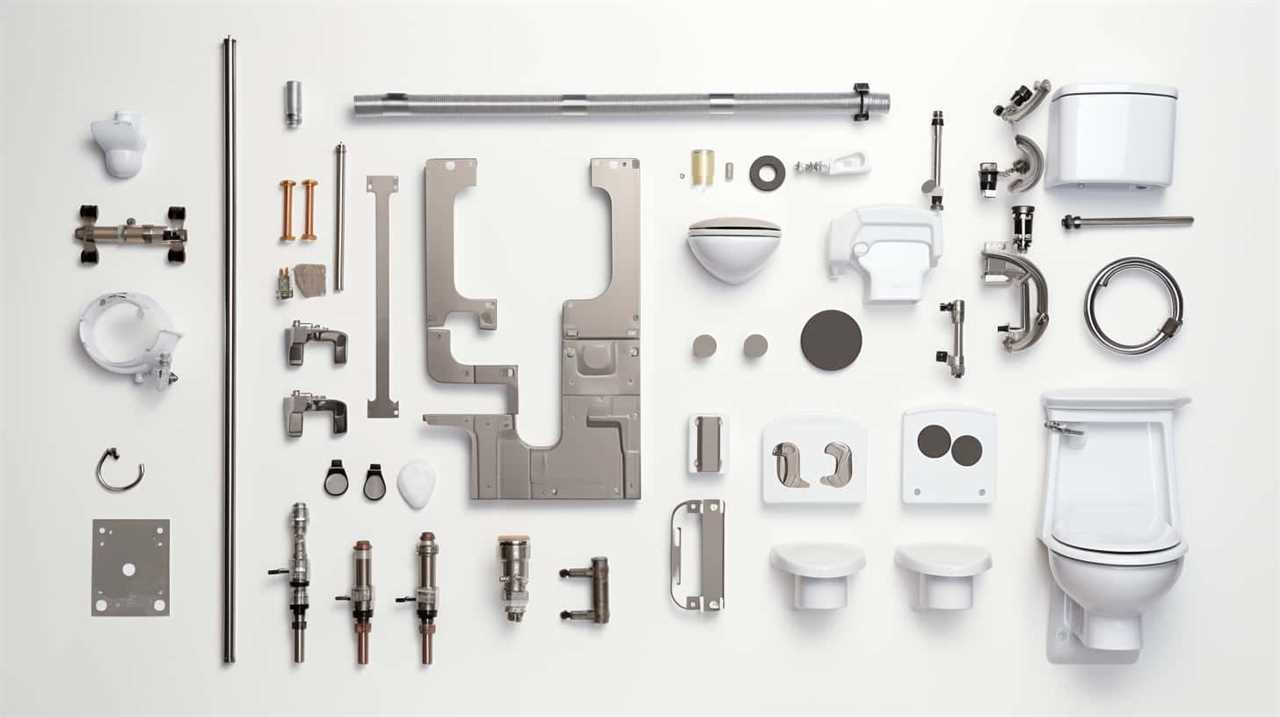
Frequently Asked Questions
Is It Normal for a Toilet to Fill up With Water After Flushing?
Yes, it is normal for a toilet to fill up with water after flushing. This occurs due to the functioning of the toilet flushing mechanism and the water pressure in the plumbing system.
Why Does the Water in the Toilet Drain Slowly After Flushing?
After flushing, the toilet fills up with water and then drains slowly due to a malfunctioning toilet flushing mechanism. The reduced water pressure hinders the efficient flow of water, causing the slow drainage.
Can a Clogged Toilet Drain Cause the Water to Fill up and Drain Slowly?
Yes, a clogged toilet drain can cause the water in the toilet bowl to fill up and drain slowly. This is due to the reduced water pressure caused by the blockage.
How Can I Determine if the Toilet Tank or Flapper Is Causing the Filling and Draining Issues?
Toilet troubleshooting involves determining if the filling and draining issues are caused by the toilet tank or flapper. Flapper replacement tips can help identify and fix the problem, ensuring proper water flow and drainage.
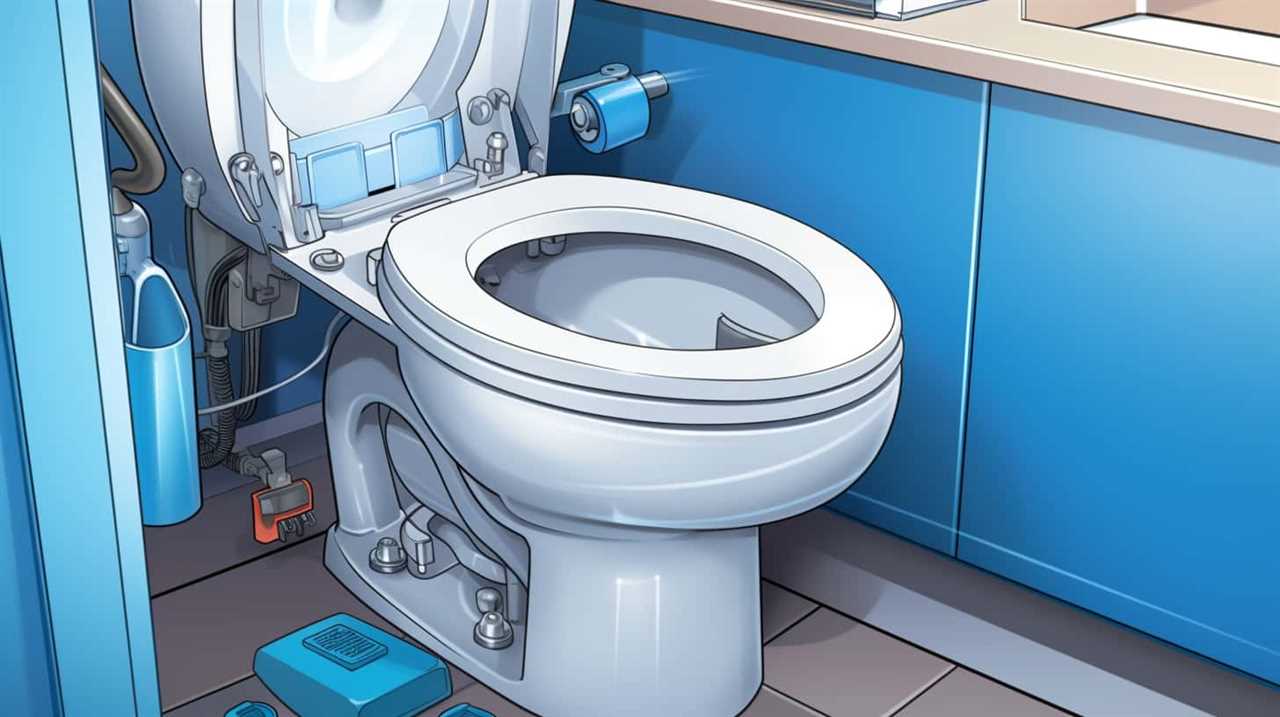
Are There Any Other Potential Causes for a Toilet to Fill up With Water and Drain Slowly, Besides Clogs and Faulty Components?
There could be other causes for a toilet to fill up with water and drain slowly, such as a malfunctioning pressure valve or an issue with the toilet water level. It’s important to check these components as well.
Conclusion
Based on our investigation, a common cause of a toilet filling up with water and slowly draining is a clogged toilet drain. To check for a clog, use a plunger or a toilet auger to clear the obstruction.
One interesting statistic to consider is that approximately 85% of toilet clogs are caused by excessive toilet paper usage, which can lead to a buildup in the drain and impede water flow.
